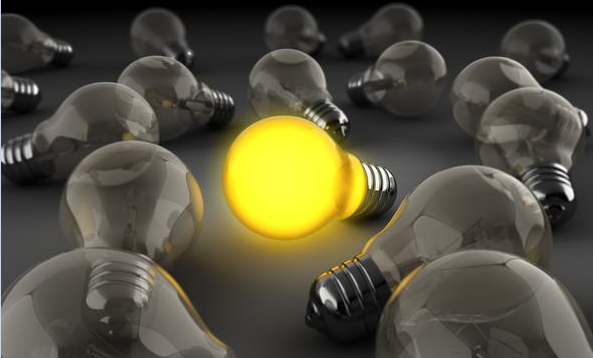LED Advantages
Among many environmental protection light source application solutions, LED is a light source technology that is more energy-saving and easy to assemble and design than other light source solutions. Among them, in the application of lighting sources, high-power white LEDs are the most frequently used light-emitting components. However, although white LEDs have progressed in research and development in terms of luminous efficiency and single power. In fact, white LEDs still have problems such as luminous uniformity and packaging material life, especially in the application of chip heat dissipation, which is the first problem that must be improved for the development of LED light source applications.
High power white LEDs are used for everyday lighting purposes. In fact, after the environmental protection light source has been paid more and more attention, it has become the first choice for the development of environmental protection light source. But in fact, there are still many technical bottlenecks in white LEDs to be overcome. At present, there are relevant improvement plans to strengthen the design bottleneck of white LEDs in terms of luminous uniformity, packaging material life, heat dissipation enhancement, etc., and to improve key functions and performance.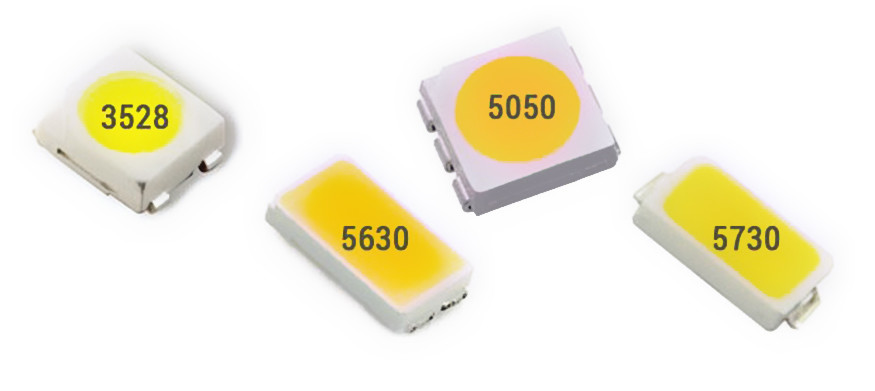
Environment Friendly and High Power
With the increase in global demand for environmentally friendly light sources, high-power white LED applications have emerged.
The main reasons for the popularity of LED light sources are nothing more than long product life, high photoelectric conversion efficiency, and material properties that can be embedded in any plane.
However, in the development of daily lighting sources, due to the need to meet practical lighting needs, LEDs that were originally used for indicating purposes cannot directly correspond to lighting applications. In order to achieve the high-power, high-brightness lighting effect required by lighting applications, we must strengthen from the chip, package, carrier board, manufacturing technology and external circuit.
From the perspective of market demand, the white LED developed for the lighting application market can be said to be a product project with high consumption in the future. However, in order to achieve utility, white LEDs must improve key functions for lighting applications.
One is to strengthen the LED chip. For example, increasing its light-to-electricity conversion efficiency or increasing the chip area allows the luminous amount (luminous flux) of a single LED to reach its design limit.
The second is a more eclectic design. Under the premise that it is difficult to continuously increase the area of a single LED chip, it is also possible to achieve a practical technical solution close to the above method if multiple LED chips are packaged in the same light source module instead.
Meet low-cost, High-brightness Design Requirements in a Multi-Chip Package
In view of the practical needs of the industry, due to the flexibility of mass production, design difficulty and control of product yield/cost, the continuous increase of LED chips will encounter design bottlenecks in cost and yield. The design difficulties that may be encountered by increasing the chip area without thinking are not technical and production technology impossible, but cost and benefit considerations. Large-area LED chips have higher cost and lower design flexibility for actual manufacturing needs.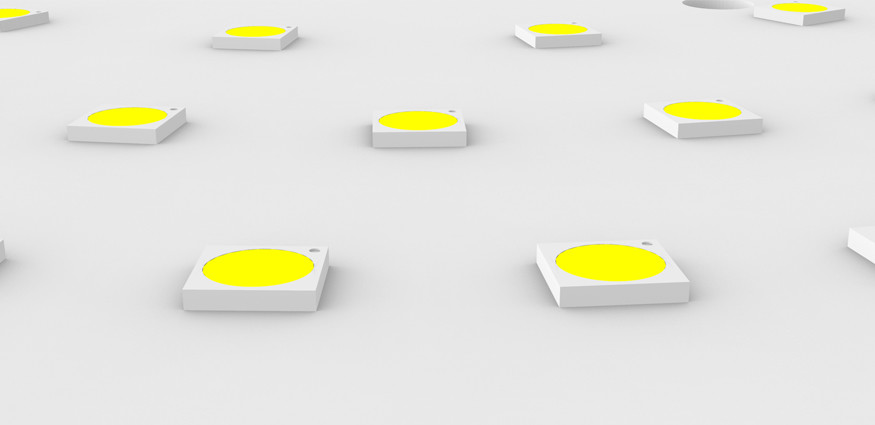
Instead, the integrated packaging method of multiple chips is used to arrange multiple LED small chips at equal distances on the carrier board, and the chips are connected by wire bonding, and the overall packaging with optical packaging materials is used to form a single light source module product. The multi-chip package can be integrated into a light source module equivalent to a large chip by secondary processing after chip testing. However, it is more flexible in production flexibility than the single-chip design of LED light source components.
At the same time, the production cost of the multi-chip LED chip module solution can also be greatly reduced due to the chip cost. That is, with the same luminous flux as a monolithic design, it has a lower cost development option.
Cost Benefit Considerations
When developing and designing multi-chip integrated light source modules, we still need to consider maximizing cost-effectiveness.
Heat dissipation
Another development direction is to continuously increase the area of the LED chip to obtain high brightness and high luminous flux output through a large area. However, the excessively large LED chip area will also have problems that are not as expected in the design. A common improvement plan is to modify the structure of the complex and make improvements on the surface of the chip.
However, the related improvement scheme also easily affects the heat dissipation efficiency of the chip itself. Especially in LED modules used in light source applications, most of them are required to be driven at high power to obtain higher luminous flux. This will cause the high heat collected by the chip junction during the light-emitting process of the chip to be difficult to dissipate, which affects the application flexibility of the module product and the active/passive heat dissipation design scheme.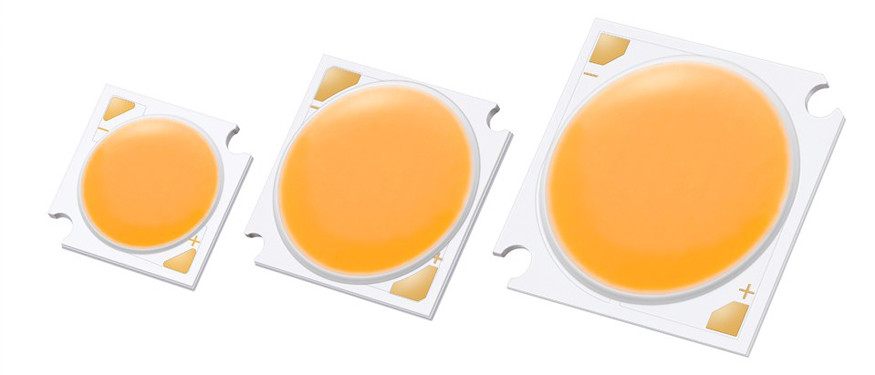
Luminous efficiency and cost
In the general design scheme, according to the analysis, the chip size of 7mm2 is adopted, and its luminous efficiency is the best. However, the 7mm2 large chip is not easy to control the yield and light performance, and the cost is relatively high. Instead, multi-chip chips, such as 4 or 8 low-power chips, are used for secondary processing on the carrier board and packaging materials to form a single LED light source module, which is a LED light source module that can quickly develop the required brightness and power performance. product design.
Light source product manufacturers have launched LED light source module products that integrate 4, 8 or more small LED chip packages. But this type of high-brightness component scheme that utilizes a multi-chip LED chip architecture also raises some design issues. For example, a combined package of multiple LED chips must be equipped with a built-in insulating material to avoid short-circuiting of individual LED chips. Such a process has many more procedures than a monolithic design. Therefore, even if it can save costs compared with the monolithic solution, the cost gap between the two solutions will be narrowed due to the additional insulating material process.
LED light Output Enhancement
Chip surface process improvement
Application of chip surface process improvement can also enhance LED light output.
In addition to increasing the chip area or number is the most direct method, there is another way to improve the luminous efficacy of the material characteristics of the chip itself. For example, an uneven surface structure can be fabricated on an LED sapphire substrate, and the LED light output can be enhanced by using this irregularly designed surface, that is, to establish a Texture surface crystal structure on the chip surface.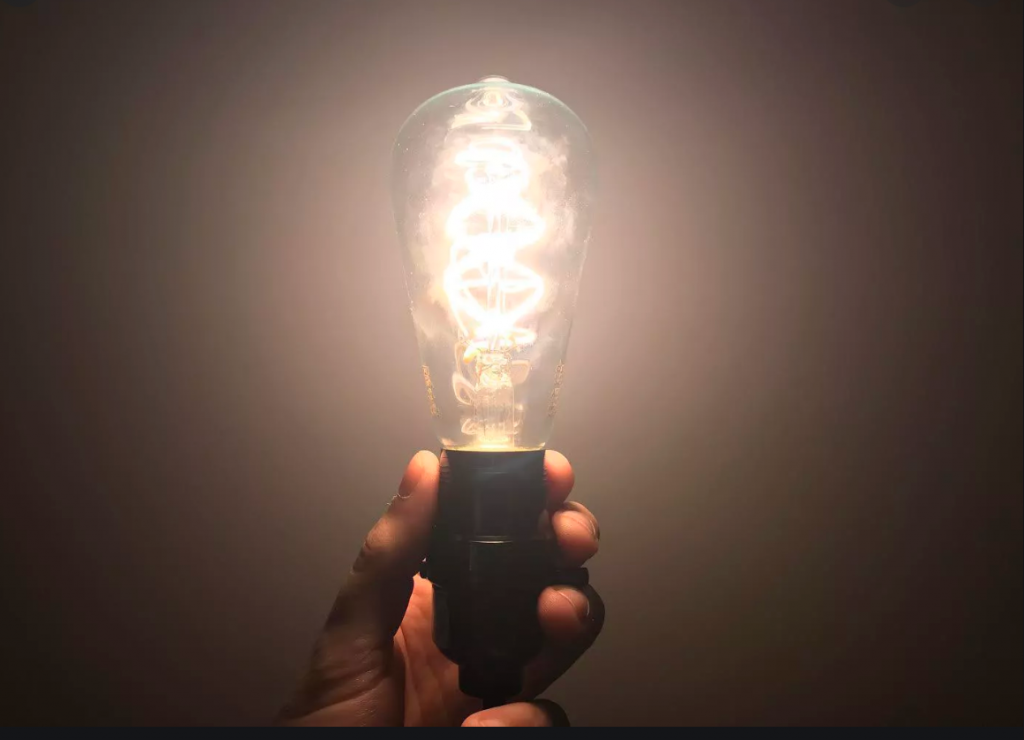
Many companies have used this solution to develop Thin GaN high-brightness products. A metal film material is first formed on the InGaN layer, and then a lift-off process is performed, so that the lift-off surface can indirectly obtain higher light output. This technology allows the same chip to achieve 75% light extraction efficiency.
Planar light source technology
Another development mindset is quite different. The same is to squeeze out the light extraction efficiency of the chip, but the use of flat light source technology. The LENS optical system is used to reflect, guide and control the light source of the chip. Aiming at the common light loss problem of LED products with traditional shell-type packaging structure, the design structure is further improved, and the double-layer reflection effect is used to control and strengthen the light extraction of the LED. . However, this packaging technology is relatively more complicated and expensive, so it is mostly only used in the design of LCD TV backlight modules.
LED Lifetime
LED lighting applications still need to improve the light decay and life of components.
If LED light sources are expected to be introduced into daily lighting applications, there will be more problems to be overcome in their applications! Because the daily lighting source will be used for a long time, it is often used for several hours, or even dozens of hours, once it is turned on. The LED that is turned on for a long time will cause the chip’s luminous attenuation and lifespan to decrease due to the high heat of the component.
Therefore, the designer must come up with a better solution for the heat treatment of the components, so as to slow down the premature occurrence of the light decay problem and improve the product experience.
Another big problem in introducing LED light sources into daily applications is that, for example, traditional fluorescent lamps can maintain the same luminous efficiency for more than tens of hours, but LEDs are different. Because the luminous efficiency of the LED light-emitting chip decreases due to the high heat of the element, and this problem is the same for high-power or low-power LEDs.
It’s just that low-power LEDs are mostly only used for indicative purposes, and the impact on users is quite small. However, if LEDs are used as light sources, the problem of decreasing light output will become more and more aggravated when the driving power of a single element is increased in order to increase the brightness. Generally, the brightness will decline after a few hours of use, and the heat dissipation design must be improved to meet the requirements of light source applications.
Improvement of LED Packaging Materials
LED packaging materials need to be improved in response to high temperature and short wavelength light.
Using high heat resistant material
In the light source design scheme, it is often used to increase the driving current in exchange for the higher light output of the LED chip. But this will keep the heat generated by the chip surface during the light-emitting process increasing. The high temperature of the chip tests the durability of the packaging material. Continuous operation at high temperature will cause the original packaging material with high thermal durability to deteriorate, and the deterioration or qualitative change of the material will further cause the transmittance to decline. Therefore, when developing LED light source modules, it is also necessary to consider the use of high heat-resistant materials for packaging materials.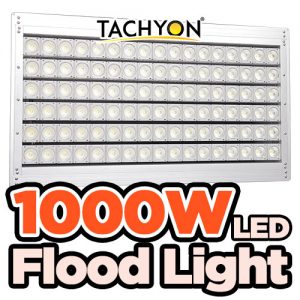
Enhanced cooling performance
There are quite a few ways to increase the heat dissipation of LED light source module components. Key improvements can be made from the chip, packaging material, thermal conductivity structure of the module, and PCB carrier board design. For example, between the chip and the packaging material, if the heat dissipation conduction speed can be enhanced, it is also a method to quickly dissipate the core heat source through the surface of the packaging material.
Or from the contact between the chip and the carrier board, the direct conduction heat source of the high heat of the chip core through the material is directly dissipated to the carrier board, and the key improvement of the high heat of the LED chip is carried out.
In addition, the PCB is designed with metal materials and the LED chip is closely assembled, which can also reduce the thermal resistance of thermal conduction, and achieve the design goal of quickly dissipating the high heat of the core of the light-emitting element.
Disadvantages of packaging materials
In addition, in terms of encapsulation materials, in the past, most LED elements were encapsulated with epoxy resins. In fact, the heat resistance of epoxy resin itself is not high, often before the LED chip has expired, the epoxy resin has already deteriorated and deteriorated due to long-term high-heat operation. This situation in the design of LED modules for lighting applications will accelerate the degradation of packaging materials due to high-power driving of the chip. Even affect the safety of components.
Not only the high heat problem, but plastic materials such as epoxy resin are highly sensitive to light, especially short-wavelength light will cause damage to the epoxy resin material. For high-power LED light source modules, there will be more short-wavelength light, which will increase the rate of material deterioration.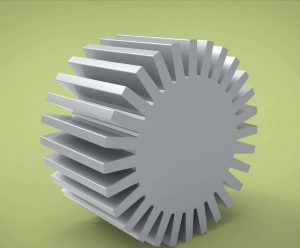
Better packaging material
For LED light source application design solutions, most manufacturers tend to abandon epoxy resin packaging materials and use packaging materials that are more resistant to high temperature and short-wavelength light. For example, silicone resin has higher heat resistance than epoxy resin, and in terms of material properties, silicone resin can achieve the material advantage of not discoloring at 150~180°C.
In addition, silicone can also disperse blue light and ultraviolet light. Silicone resin can inhibit the deterioration of packaging materials due to high heat or short-wavelength light, and slow down the problem of light transmittance decline due to deterioration of packaging materials.
As far as LED light source modules are concerned, silicone resin also has the advantage of prolonging the service life of LED components, because silicone resin itself has the advantages of resistance to high heat and short-wavelength light. Resistant to continuous high heat and light exposure from long-term use of LEDs. The life of the material is relatively long, and it also allows the LED components to have a service life of more than 50,000 hours.

